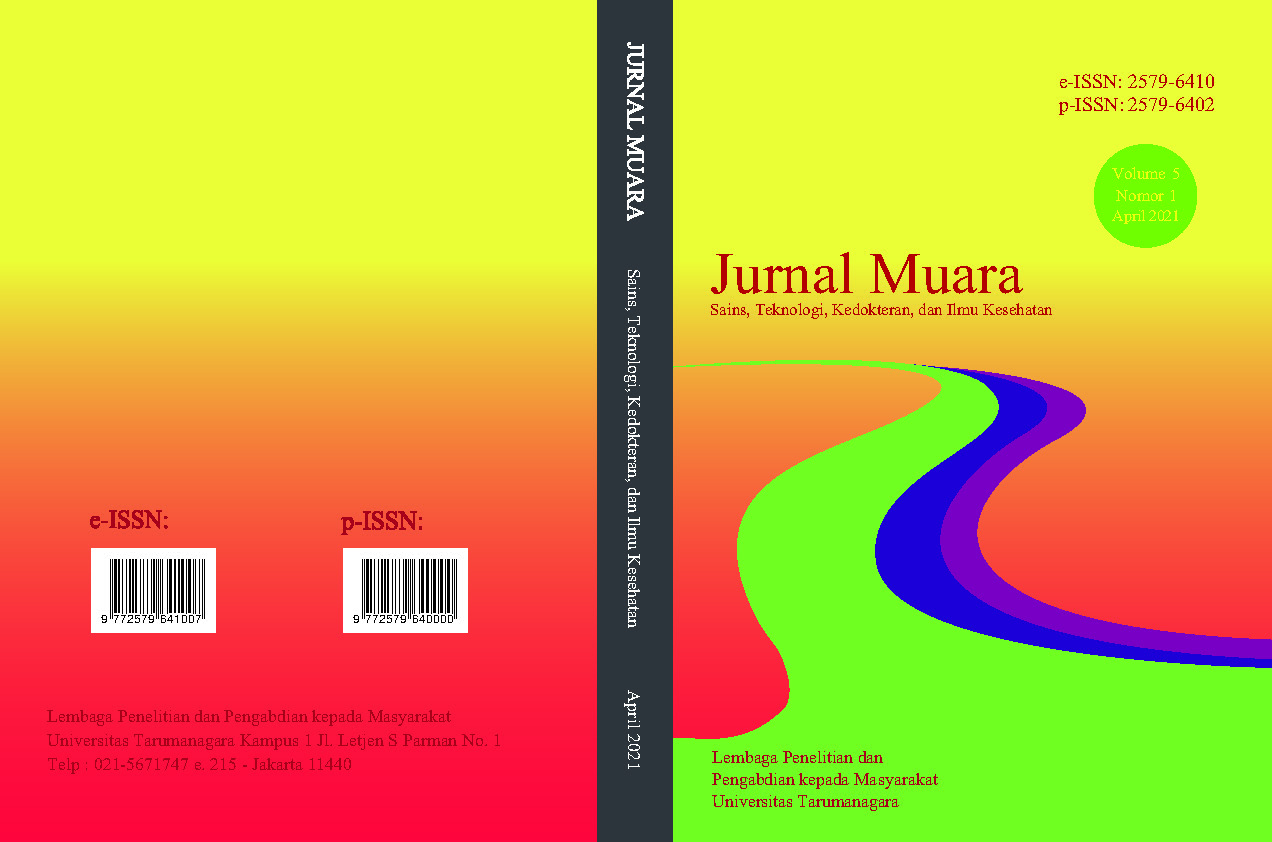VALIDASI BATAS ATAS BATAS BAWAH ESTIMASI DURASI GEDUNG KONSTRUKSI BERTINGKAT BERBASIS EARNED SCHEDULE
Main Article Content
Abstract
Determination of estimated project completion is an activity that influenced the planning project since it can decide the success or failure of the project. However, duration is often not in accordance with prediction caused by uncertainty of the project. Calculation by probabilistic method is rated better than deterministic since probabilistic includes the uncertainty factor in its calculation. In addition, probabilistic method provides results in the form of intervals in upper to lower limit. In predicting project's final duration, the time-based Earned Schedule (ES) method is rated capable of overcoming the lack of cost-based Earned Value (EV). This research aims to determine the ongoing project’s upper and lower limit prediction duration using ES method through validation towards the completed project’s real duration. The average prediction of ongoing project duration will be calculated using ES by Microsoft Excel. The results will be validated towards the average real project duration using hypothesis tests of two independent population means. Result of average of upper limits indicates a valid value while the average of lower limits indicates a non-valid value with the upper limit value is 0.0025 week/m2 and lower limit is 0.0020 week/m2.
Keywords: duration estimation; probabilistic; Earned Schedule; validation; upper limit and lower limit.
Abstrak
Penentuan estimasi penyelesaian proyek merupakan kegiatan yang berpengaruh dalam proses perencanaan karena dapat menentukan keberhasilan atau kegagalan proyek tersebut. Namun, durasi seringkali tidak sesuai dengan prediksi karena sifat ketidakpastian proyek. Perhitungan dengan metode probabilistik dinilai lebih baik daripada deterministik karena metode ini menyertakan unsur ketidakpastian dalam perhitungannya. Disamping itu, perhitungan probabilistik menyajikan hasil dalam bentuk interval yang dinyatakan dalam batas atas dan batas bawah. Dalam memprediksi durasi akhir proyek, metode Earned Schedule (ES) yang berbasis waktu dinilai mampu mengatasi kekurangan Earned Value (EV) yang berbasis biaya. Penelitian ini bertujuan untuk menetapkan nilai prediksi batas atas dan batas bawah proyek yang sedang berjalan dengan metode ES melalui validasi terhadap durasi nyata proyek yang sudah selesai. Rata-rata prediksi durasi proyek konstruksi yang sedang berjalan dihitung menggunakan metode ES dengan bantuan Microsoft Excel. Hasilnya kemudian divalidasi terhadap rata-rata durasi nyata proyek yang sudah selesai menggunakan uji hipotesis rata-rata sampel ganda. Hasil nilai batas atas proyek yang sedang berjalan dinyatakan valid dan nilai batas bawah dinyatakan tidak valid dengan nilai batas atas sebesar 0,0025 minggu/m2 dan batas bawah 0,0020 minggu/m2.
Article Details
This work is licensed under a Jurnal Muara Sains, Teknologi, Kedokteran dan Ilmu Kesehatan Creative Commons Attribution-ShareAlike 4.0 International License.
Authors transfer copyright or assign exclusive rights to the publisher (including commercial rights)
References
Alshaheen, A. (2018). Forecasting Project Completion Date Using Earned Schedule and Primavera. The Measurable News.
Anondho, B., Latief, Y., & M., K. (2018). Probabilistic Duration Calculation Based on Earned Schedule Approach. International Journal of Civil Engineering and Technology (IJCIET), 9(5).
Anondho, B. (2018) Pengembangan Model Prediksi Durasi Probabilistik Proyek Pembangunan Gedung Bertingkat Tinggi Berbasis Faktor Pengaruh Eksternal Terukur. Disertasi, Universitas Indonesia.
Bahagia, S. N. (2006). Sistem Inventori. Bantung: ITB.
Baqerin, M. H., Shafani, Y., & Kashani, H. (2015). Application of Weibull Analysis to Evaluate and Forecast Schedule Performance in Repetitive Projects. Journal of Construction Engineering and Management, 142(2).
Barazza, G. M., Back, W. E., & Mata, F. (2004). Probabilistic Forecasting of Project Performance Using Stochastic S Curves. Journal of Construction Engineering and Management, 130(1).
Dursun, O., & Stoy, C. (2012). Determinants of Construction Duration of Building Projects in Germany. Engineering, Construction and Architectural Management, 19.
Goldratt, E. M. (1997). Critical Chain. Great Barrington, MA: North River Press
Herroelen, W., & Leus, R. (2005). Project scheduling under uncertainty: Survey and research potentials. European Journal of Operational Research, 165, 289-306.
Isidore, L. J., & Back, W. E. (2001). Probabilistic Optimal-Cost Scheduling. Journal of Construction Engineering and Management, 127(6).
Jacob, D. S. (2003). Forecasting Project Schedule Completion with Earned Value Metrics. The Measurable News.
Khamooshi, H., & Golafshani, H. (2013). EDM: Earned Duration Management, A New Approach to Schedule Performance Management and Measurement. International Journal of Project Management, 32.
Kim, B. C., & Kim, H. J. (2014). Sensitivity of Earned Value Schedule Forecasting to S-Curve Patterns. Journal of Construction Engineering and Management, 140(7).
Kim, B. C., & Reinschmidt, K. F. (2009). Probabilistic Forecasting of Project Duration Using Bayesian Inference and The Beta Distribution. Journal of Construction Engineering and Management, 135(3).
Lipke, W. (2014). Ten Years After. PM World Journal, 3(1).
Lipke, W., Zwikael, O., Henderson, K., & Anbari, F. (2009). Prediction of Project Outcome: The Application of Statistical Methods to Earned Value Management and Earned Schedule Performance Indexes. International Journal of Project Management, 27(4).
Narbaev, T., & Marco, A. D. (2014). Combination of Growth Model and Earned Schedule to Forecast Project Cost at Completion. Journal of Construction Engineering and Management, 140(1).



